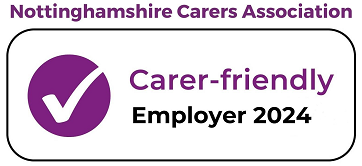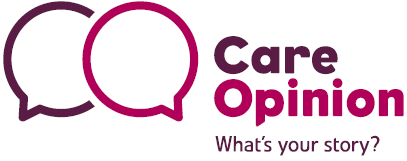Intoeing
In-toeing is a very common reason for children presenting to GPs and orthopaedic clinics. The majority of children are born with 40° of femoral anteversion (in turning of the femurs) and 5 – 10° of internal tibial torsion (in turning of the shin bone). This commonly contributes to the normal clumsiness of toddlers as they learn to walk. During normal growth this torsion commonly remodels, but in those where this does not occur it is very rarely a clinical problem.
Assessment of rotational profile
In-toeing can be caused by in-turning at the level of the hips, tibias or feet. Examination of the rotational profile is described on the rotational profile page or in the separate rotational profile leaflet (available to download from the rotational profile page).
Femoral anteversion
Frequently, femoral anteversion reduces from approximately 40° at birth to approximately 20° by the age of nine years. As adults we have 15° of femoral anteversion. To walk with their feet facing forwards toddlers have to use their muscles to turn the leg outwards. As they get tired the leg will tend to turn back in. As children get older they get better muscle control and this becomes less of an issue. Even in those where the femoral anteversion does not correct this is very rarely a clinical problem. The only treatment is femoral derotational osteotomy (to break and re-set both femurs), which would never be considered until the age of nine years due to remodelling capacity.
Internal tibial torsion
Tibial torsion will typically re-model more quickly. We would expect the tibia to change from internal torsion at birth to approximately 10° of external torsion by the age of four to six years. Internal tibial torsion is beneficial in athletes, and becomes less symptomatic as femoral remodelling continues. The only treatment is de-rotational osteotomy, which would not be considered until the age of nine years.
Metatarsus adductus
Metatarsus adductus (in-turning of the midfoot) can be divided in to the following groups:
- Fixed contracture – cannot passively fully correct foot deformity
- Passively correctable – the examiner can fully correct the position of the foot
- Actively correctable – scratching the lateral border of the foot causes the child to turn the foot up and out themselves
Fixed metatarsus adductus should be referred immediately for serial casting. Passively correctable deformities should be referred to physio for stretching exercises. Actively correctable metatarsus adductus will get better and does not need referral.
Referral recommendations
If the child has ongoing in-toeing which is symptomatic, then we would recommend referral at the following ages:
- Femoral anteversion - nine years
- Internal tibial torsion - nine years
- Fixed metatarsus adductus - immediate to orthopaedics
- Passively correctable metatarsus adductus - immediate to physiotherapy
Differential diagnosis
There are a few conditions which can cause gait abnormalities in children which should be looked out for.
- Developmental dysplasia of the hip (DDH): Leg length discrepancy, restricted abduction of the hip, waddling gait
- Cerebral palsy: Increased tone, up-going plantar reflexes, rate-dependent spasticity
- Spina bifida: Lower spinal pathology, abnormal neurology, muscle weakness
- Muscular dystrophy: Significant weakness of the hip girdle muscles, Gower sign
Summary
In-toeing is normal in children and adults. The majority resolves with age and in those where it does not resolve it is very rarely symptomatic. It does not lead to degenerative arthritis or limit sporting ability. The only treatment is de-rotational osteotomy, which will not be considered until it is clear that it will not re-model naturally. The opportunity for surgery continues in to adult life but is virtually never required.
Click here for a downloadable leaflet





